Florida’s unique climate presents various challenges for homeowners, especially when it comes to maintaining a roof. From intense sun and heat to hurricane-force winds, your roof can face a multitude of issues. In this guide, we’ll explore the top 10 roofing problems that Florida homeowners commonly face and provide solutions on how to fix them. Understanding these issues can help you take proactive measures to protect your home and avoid costly repairs.
Problem 1: Roof Leaks
Roof leaks are one of the most common issues homeowners encounter, especially after heavy rains or storms. Leaks can result from damaged shingles, poor flashing, or clogged gutters.
- How to Fix: Identifying the source of the leak is crucial. Start with a thorough inspection, and if the problem is severe, consider emergency roof repair.
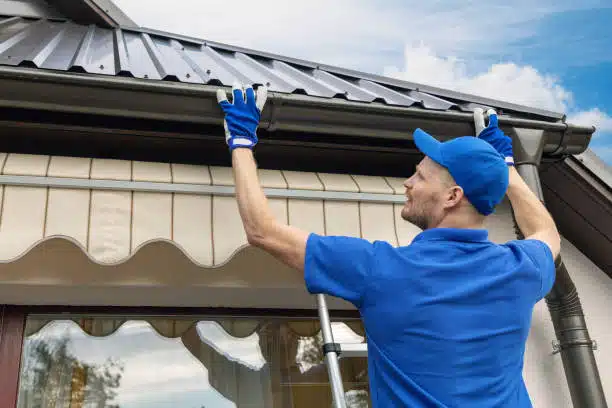
Problem 2: Wind Damage
Florida’s high winds, particularly during hurricane season, can rip off shingles, damage flashing, and even cause structural damage to your roof.
- How to Fix: Regular inspections and proper maintenance can prevent wind damage. Strengthen your roof by installing hurricane straps and considering impact-resistant roofing materials.
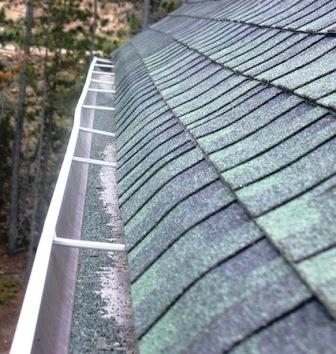
Problem 3: Heat and UV Damage
The intense Florida sun can cause shingles to crack, curl, and deteriorate over time, leading to a reduced lifespan for your roof.
- How to Fix: Use high-quality, UV-resistant roofing materials. Regular inspections can also catch early signs of sun damage before they become major issues. NRCA – Roof Maintenance in Hot Climates
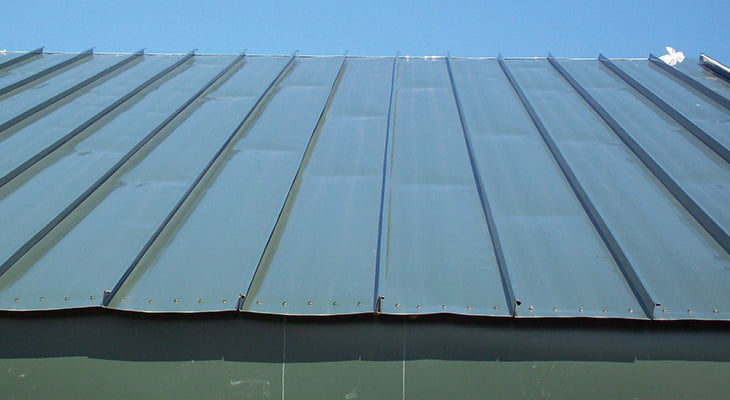
Problem 4: Moss and Algae Growth
Moss and algae are common in Florida’s humid climate. They can cause shingles to lift, trap moisture, and lead to rot.
- How to Fix: Regular roof cleaning can prevent moss and algae buildup. Consider installing zinc or copper strips that naturally inhibit growth. Learn more about preventative measures on our roofing services page. ASHI – Roof Moss and Algae Removal Tips
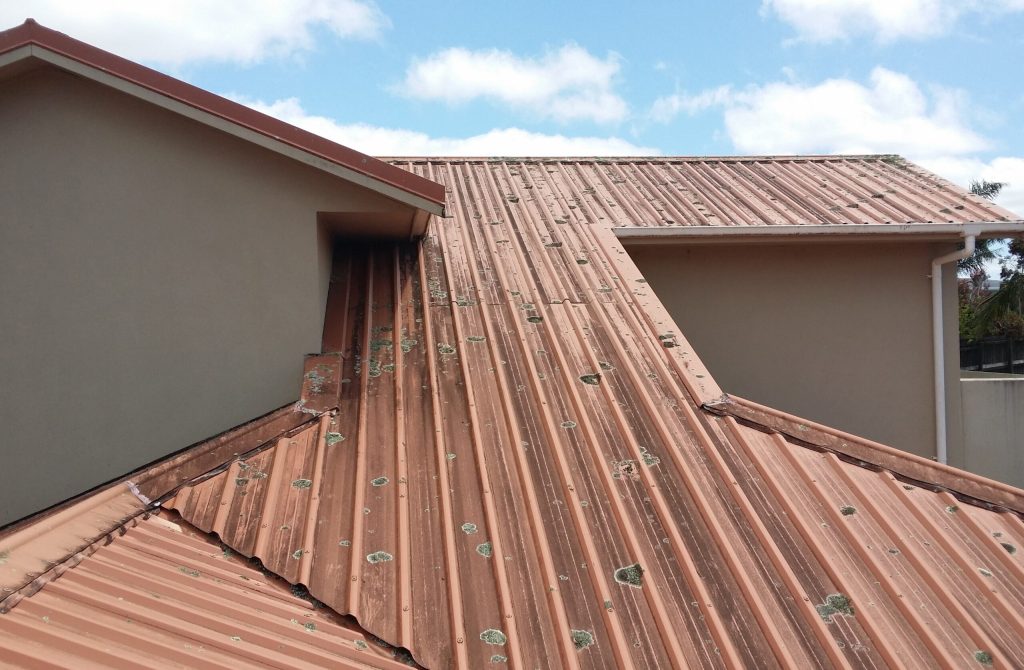
Problem 5: Clogged Gutters
Clogged gutters can lead to water backing up onto the roof, causing leaks, rot, and other damage. This issue is particularly common in areas with heavy rainfall.
- How to Fix: Regularly clean your gutters and downspouts to ensure proper water flow. Gutter guards can also help reduce debris accumulation. If your roof has sustained damage due to clogged gutters, consider an inspection and repair through our roofing services. Ready.gov – Maintaining Gutters for Hurricane Preparedness
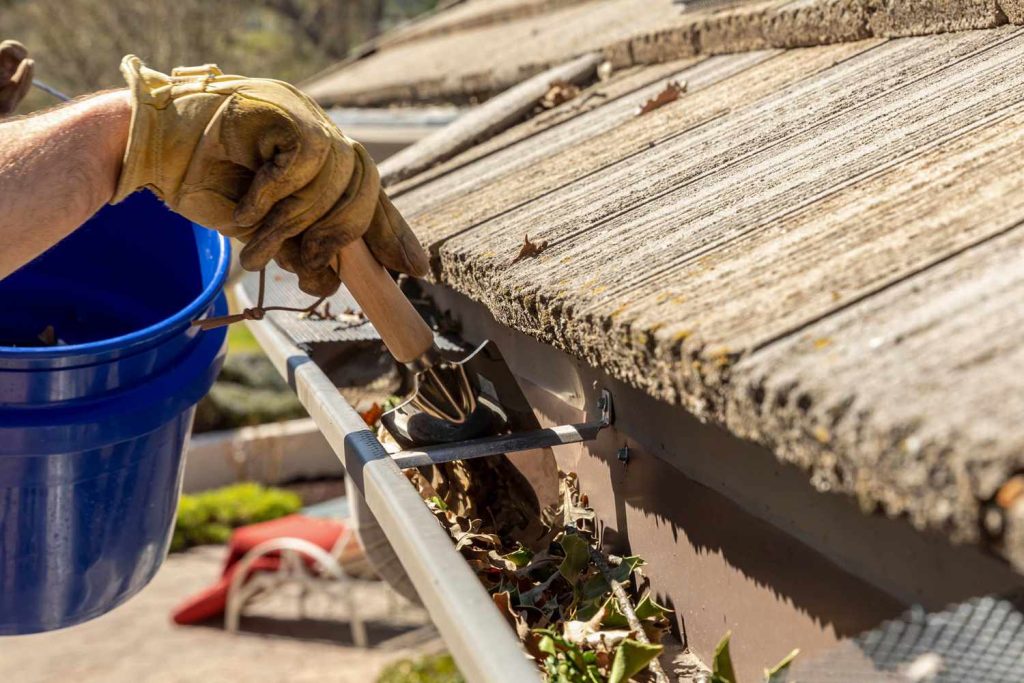
Problem 6: Improper Roof Ventilation
Poor ventilation can lead to moisture buildup in the attic, which can cause mold growth, rot, and increased energy costs.
- How to Fix: Ensure your roof has adequate ventilation to allow air to circulate freely. This may involve installing additional vents or fans. For professional assistance, check out our roof replacement services. FEMA – Importance of Roof Ventilation
Problem 7: Roof Punctures
Falling debris, such as tree branches during storms, can puncture your roof, leading to leaks and other damage.
- How to Fix: Remove overhanging branches and other debris to prevent punctures. If you discover a puncture, it’s important to repair it immediately to prevent further damage. Our emergency roof repair service can help with urgent repairs. NRCA – Handling Roof Punctures
Problem 8: Ponding Water
Flat or low-sloped roofs in Florida are prone to ponding water, which can lead to leaks and structural damage over time.
- How to Fix: Ensure your roof has proper drainage. If ponding water is a recurring issue, it may be time to consider a roof inspection or replacement. Explore options on our roof replacement page. Insurance Information Institute (III) – Understanding Roof Damage
Problem 9: Flashing Failure
Flashing around chimneys, vents, and skylights can become loose or damaged, leading to leaks and water damage.
- How to Fix: Regularly inspect flashing and repair or replace it as needed. Properly installed flashing is critical to keeping your roof watertight. NRCA – Flashing Installation Guidelines
Problem 10: Poor Installation
A poorly installed roof is prone to numerous issues, from leaks to premature aging. It’s essential to hire experienced professionals to install or repair your roof.
- How to Fix: If your roof was poorly installed, you might need a full roof replacement to correct the issues. Consider our roof replacement services to ensure your roof is properly installed. – Importance of Professional Roof Installation
Conclusion
Florida’s unique climate presents several roofing challenges, but with regular maintenance and prompt repairs, you can keep your roof in excellent condition. Whether you’re dealing with leaks, wind damage, or clogged gutters, addressing these issues early can save you time, money, and stress. For professional help with any of these roofing problems, contact us today.
FAQs
- How often should I have my roof inspected in Florida?
- It’s recommended to have your roof inspected at least twice a year, particularly before and after hurricane season.
- Can I fix small roof issues myself?
- While minor issues like cleaning gutters can be DIY, it’s best to hire a professional for repairs to ensure the job is done safely and correctly.
- What are the signs of poor roof ventilation?
- Signs include increased energy bills, visible mold growth, and a hot attic. Proper ventilation is crucial for roof longevity.
- How do I prevent moss and algae growth on my roof?
- Regular cleaning and the installation of zinc or copper strips can prevent moss and algae from taking hold.
- What should I do if I suspect my roof was poorly installed?
- If you notice issues related to poor installation, it may be time for a professional inspection or roof replacement.
